Glen of Imaal terriers: Wilful, adorable and sadly extremely vulnerable
They’re one of our most vulnerable native breeds – but what Glen of Imaal terriers lack in numbers, they make up for in personality, discovers Emma Hughes.
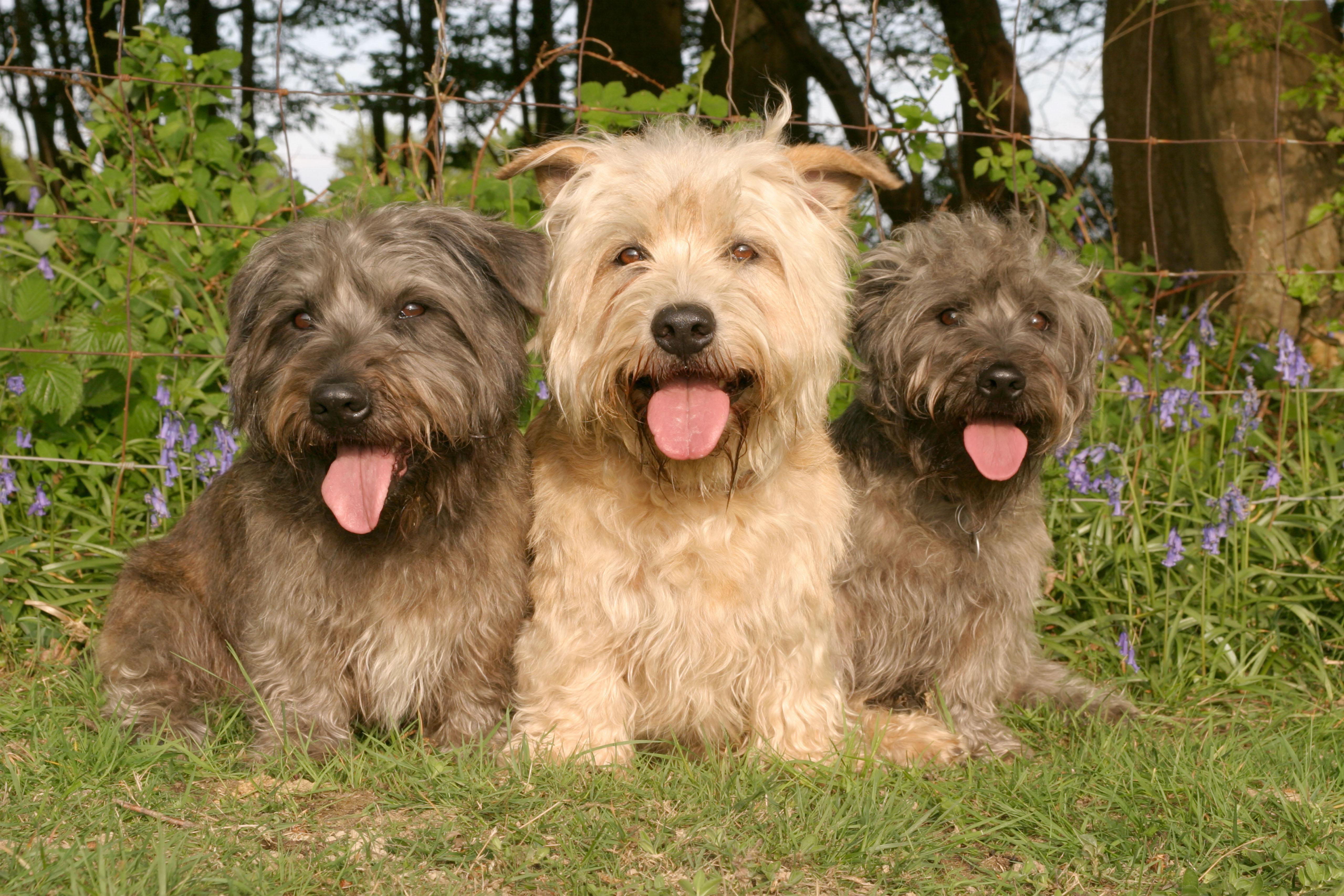
When Duncan Wilson took down a number from his children’s school noticeboard eight years ago, he had no idea what was in store. ‘It just said “Puppies for sale”,’ the chief executive of Historic England remembers. What greeted him when he went to view the litter was a pair of barrel-chested little dogs with shaggy wheaten coats and sweetly out-turned front paws: Glen of Imaal terriers.
Described by The Kennel Club as ‘low to [the] ground, fearless and tenacious, strong and substantial’, these seldom-seen dogs are on its Vulnerable Native Breeds list – a tiny 48 puppies were registered in 2018 (only otterhounds and Sussex spaniels are rarer).
Said to have been developed in the eponymous corner of Co Wicklow during the reign of Elizabeth I as a result of mercenary soldiers from France and Germany crossing their own long-bodied hounds with local terriers, they’ve historically excelled at both pest control and companionship.
Their sporting roots run deep: until the 1960s, Glens could only be granted their pedigree certification after winning a fight with a badger in a ring.
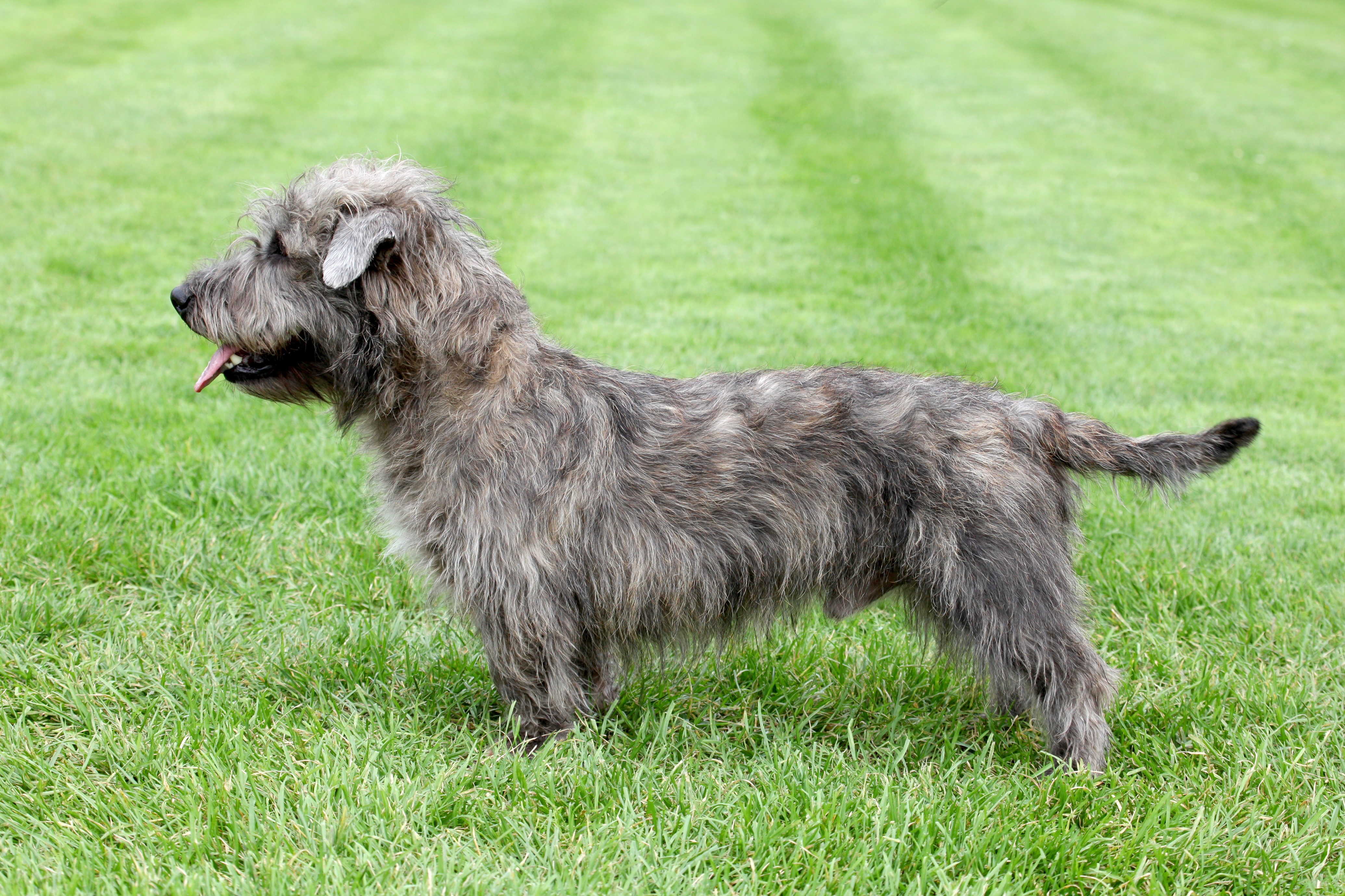
Mr Wilson and his family knew none of this. ‘We wanted a smallish dog – although, in fact, Glens aren’t that small – and a terrier, for their personality,’ he recalls. ‘We were thinking of border terriers, but I was quite attracted by the idea of Glens being a very rare breed. And, of course, once you’ve seen a puppy, that’s it.’
He and his family took home Daisy, who was joined four years later by one of her own puppies, Fergus. The pair have taken happily to life in Islington, north London. ‘They’re good city dogs – they’ve got short little legs and don’t need a lot of exercise,’ Mr Wilson points out. ‘In fact, sometimes they simply lie down on a walk when they’ve had enough. What they mostly like is company: they want to be around you all day.’
He’d hoped to bring them into Historic England’s office in the City, but carrying two dogs up an escalator proved challenging. ‘However, when I was at Alexandra Palace [where he was chief executive], I used to take Daisy in to work with me.’ With a bit of food-based persuasion, Fergus will perform the fabled ‘Glen sit’: a pose like a seal balancing a ball on the end of its nose that’s hardly ever seen in other dogs.
Sign up for the Country Life Newsletter
Exquisite houses, the beauty of Nature, and how to get the most from your life, straight to your inbox.
'One of Mr Wilson’s favourite photos of Fergus shows him sitting in a large flowerpot, his muzzle and paws coated incriminatingly in soil'
A devotee who has had the breed on his radar for years is Kent-based Stephen Plunkett, who, after three decades in investment banking and asset management, now sells semi-precious jewellery through the website Gem Bazaar with his wife, Emma. ‘My sister lives in Wicklow, only a few miles from the Glen of Imaal – you see the terriers all over the place there,’ he explains.
After being issued with orders by his dog-loving family, Mr Plunkett drove from their home near Canterbury to a breeder in Berkshire, returning with Tilly, a brindle puppy, which, in due course, mothered Mr Wilson’s Daisy (because the dogs are so few in number, Glen ownership is a Masonically close-knit business), as well as the second Plunkett Glen, Coco.
‘She became the highlight of our children’s lives,’ Mr Plunkett recollects. ‘In all the photographs we have of them when they were younger, they’re sitting in her basket. I don’t know of any dog that responds better to the love of children.’
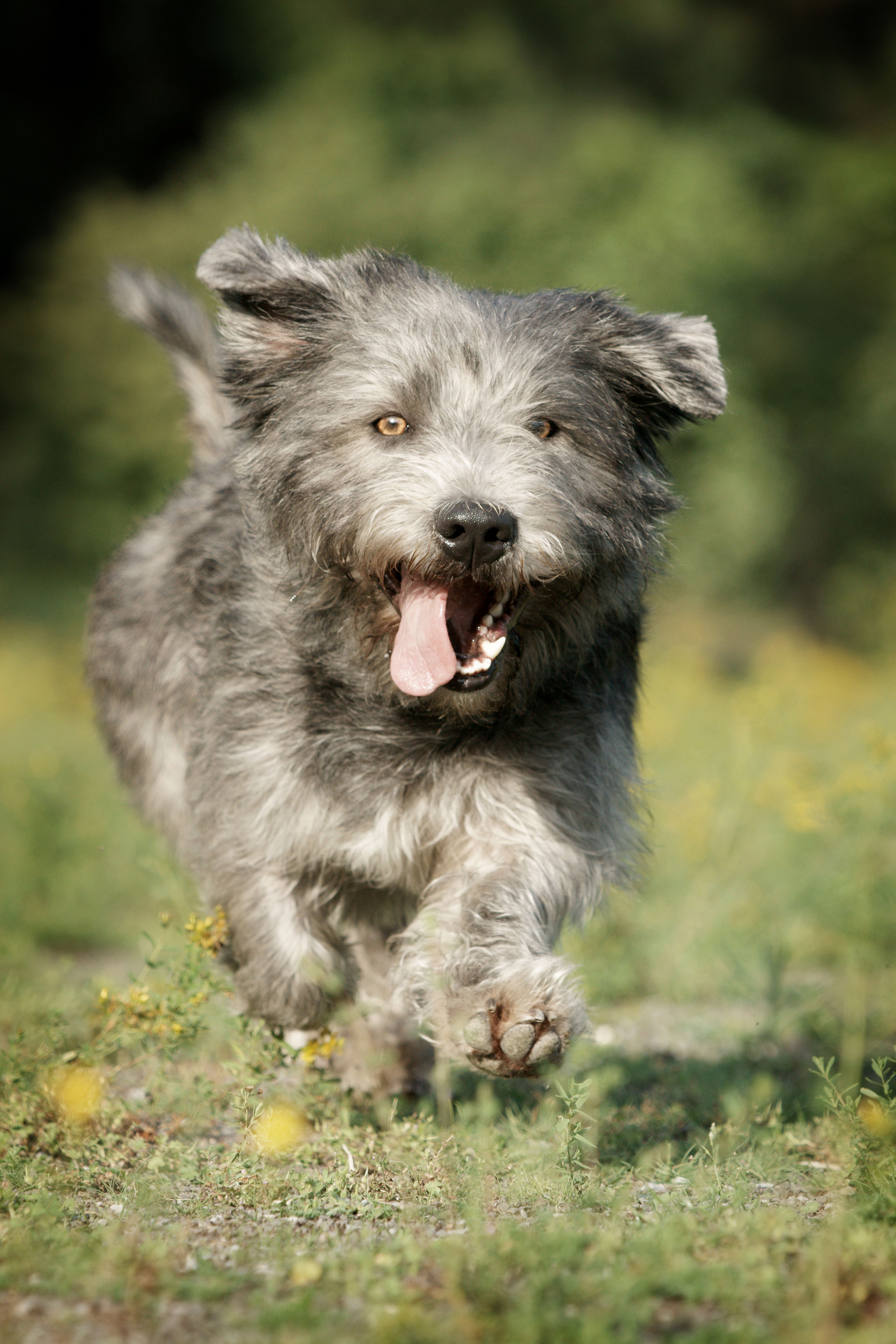
Non-human interactions are a different story. ‘They’re incredibly soft and docile with humans, but can be quite fierce with other dogs,’ Mr Wilson admits. ‘If Fergus sees a big dog, he thinks it’s a challenge.’ ‘They’re built like tanks,’ adds Mr Plunkett, who notes the importance of consistent training.
Although Glens aren’t generally vocal and are happy being couch potatoes between walks, there’s no denying they exhibit classic terrier traits. One of Mr Wilson’s favourite photos of Fergus shows him sitting in a large flowerpot, his muzzle and paws coated incriminatingly in soil – and on one holiday in the Lot in southern France, he had to stop both his Glens chasing after a wild boar.
‘Glens are terribly disobedient,’ Mr Plunkett agrees, laughing, ‘but no more adorable dog could be found.’
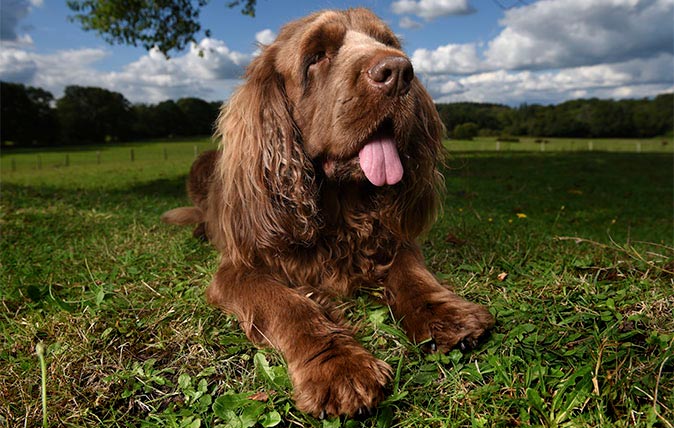
Credit: John Millar/Country Life
The top ten British dog breeds that need saving and quickly
French bulldog wins top spot over labrador as some of the most quintessentially British breeds are pronounced 'vulnerable' by the
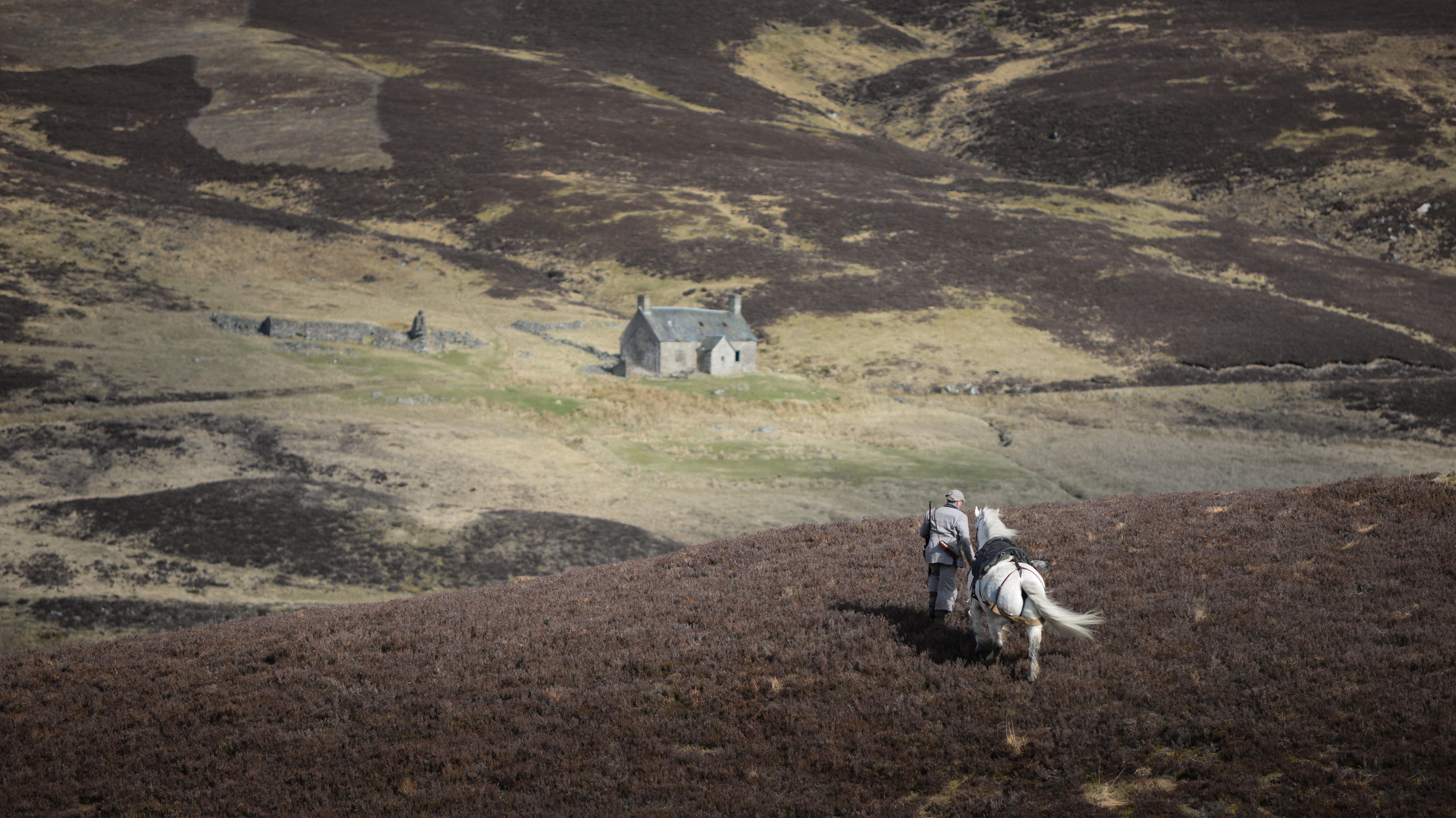
Credit: Alamy Stock Photo
How a pony in the Highlands always beats a quad bike: 'Unlike a vehicle, ponies will avoid bogs that swallow the unwary'
On estates such as Balmoral, The Queen’s home in Aberdeenshire, tough and shaggy Highland ponies are vital members of the
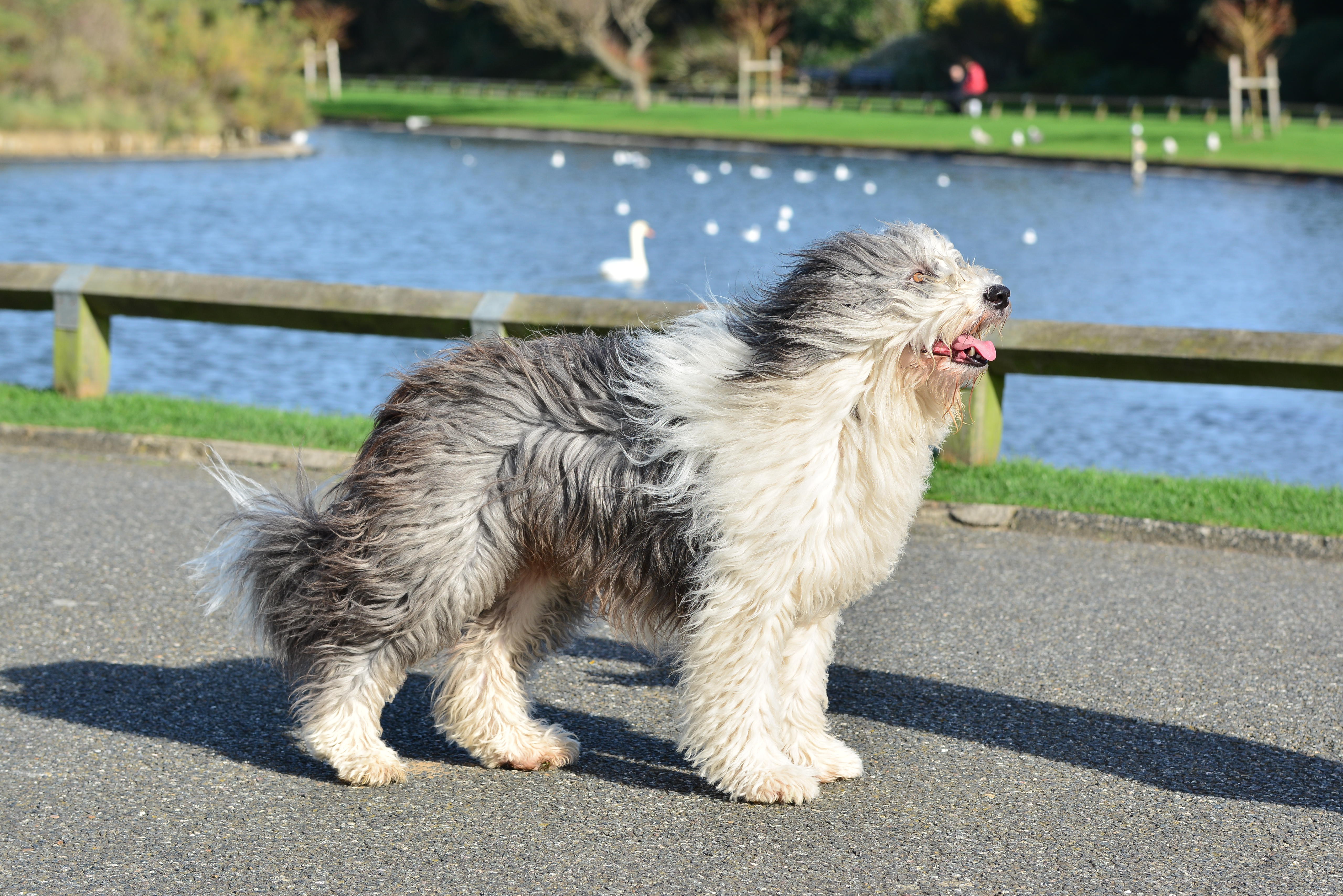
Curious Questions: What dog should Boris Johnson get as the new pet for No. 10 Downing Street?
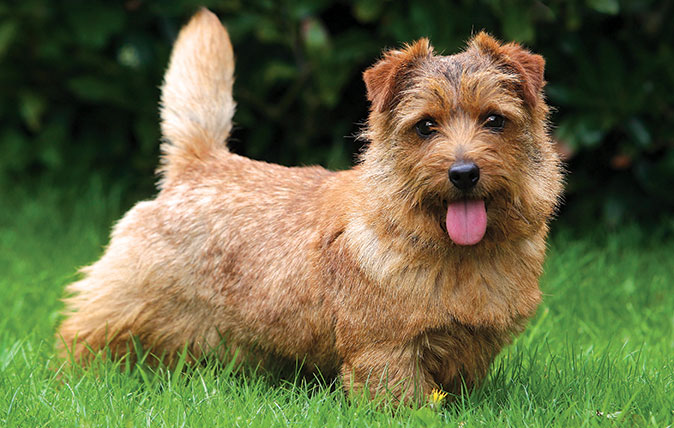
Credit: bob langrish / Alamy Stock Photo
Let’s ’ear it for the Norfolk terrier, the dog that can't help but cheer you up
These feisty little dogs, the smallest of the terrier family, are short of leg, but long on personality, finds Kate
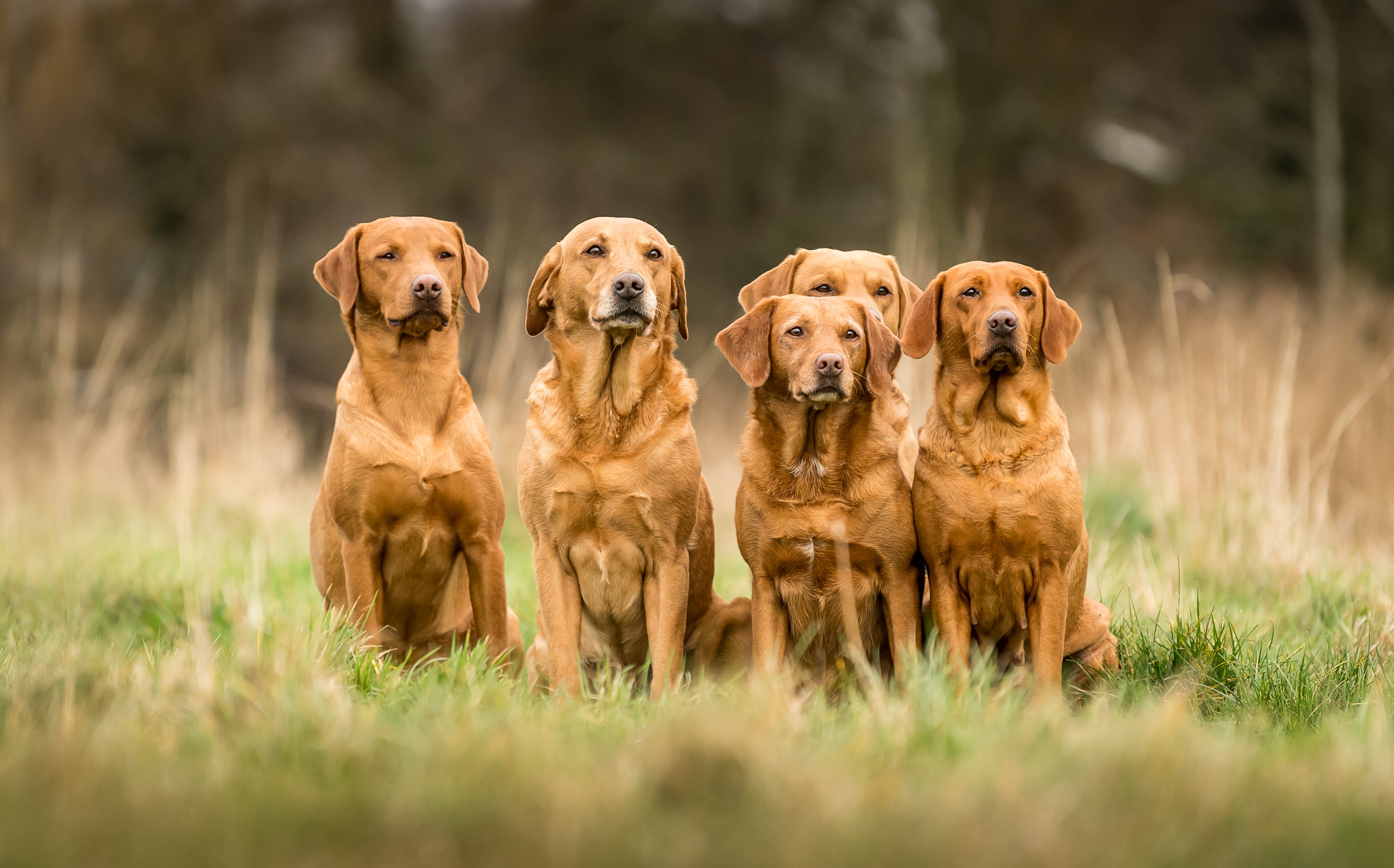
Credit: Sarah Farnsworth/Country Life
Fox-red labradors: Why red is the new black
From russet red to ever-so-slightly blushed, the fox-red is growing in popularity across the country sporting world. However, the gundog
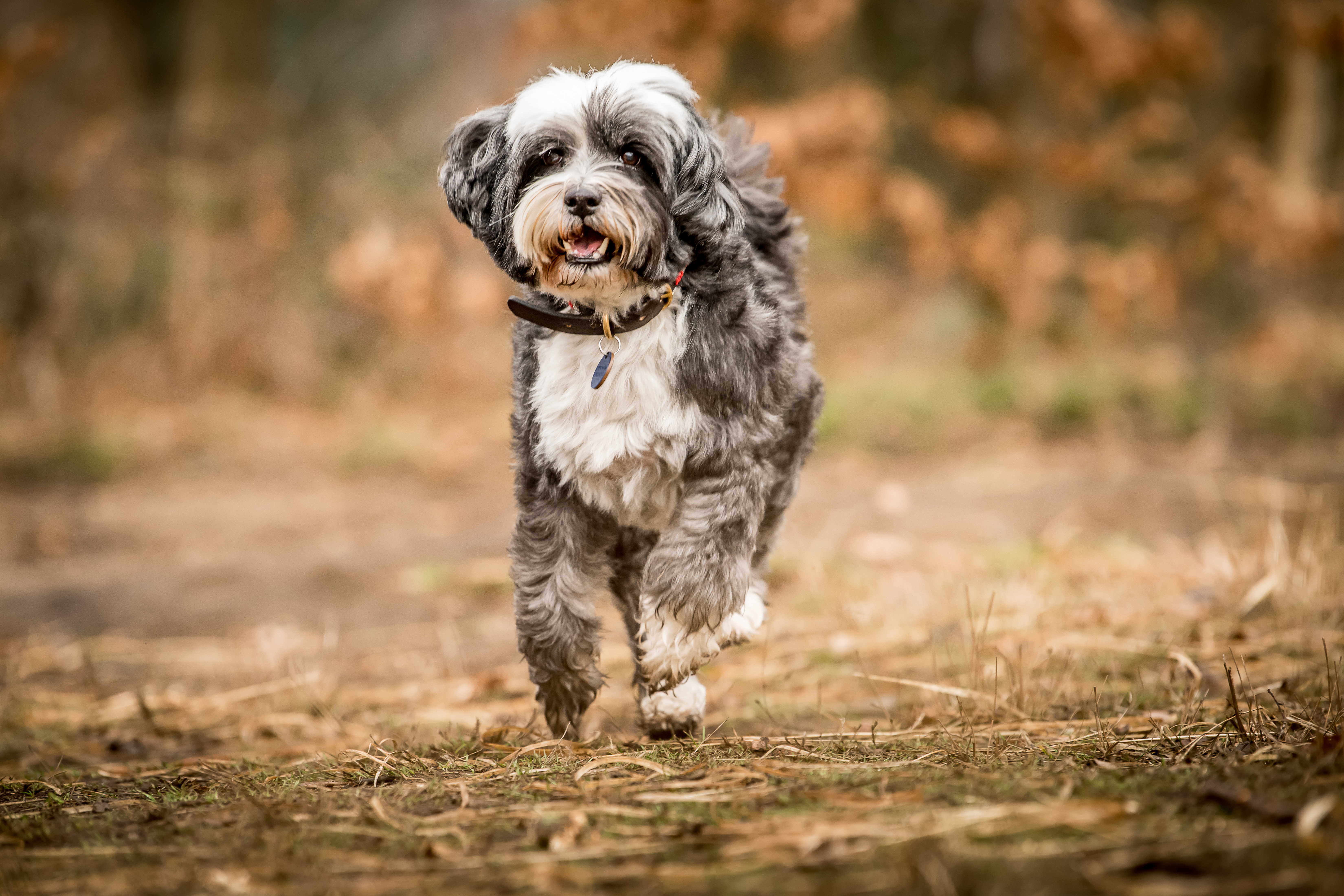
Tibetan terriers: Friend to the famous, lovably lively and perhaps the Kennel Club's best-kept secret
They have a starry following, but characterful Tibetan terriers are still a well-kept secret. Emma Hughes meets the best dog
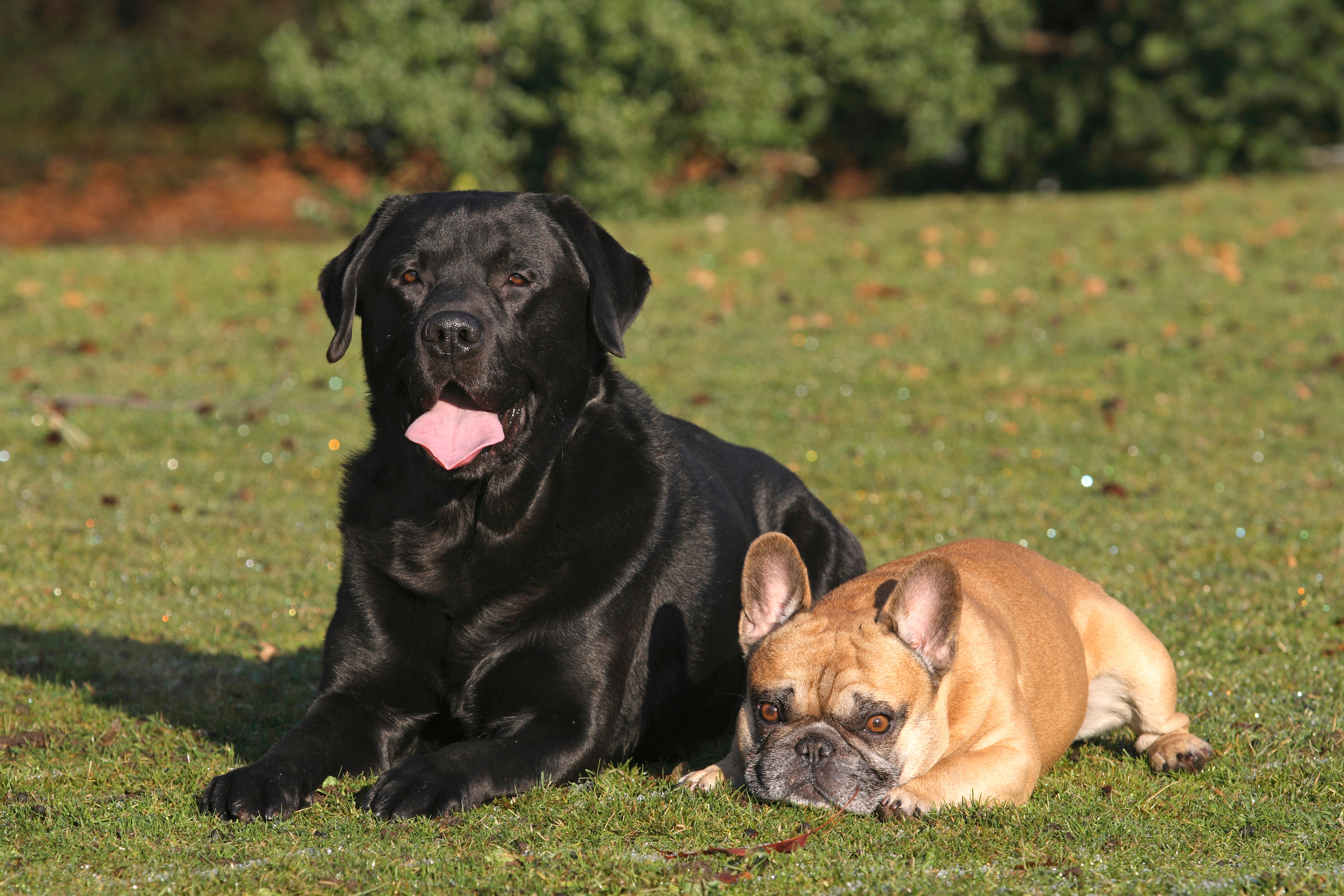
Country Life Today: Britain's most popular dog, how birdfeeders changed Britain and getting arrested for pebble-picking
The Kennel Club have released their latest stats on dog registration; the RHS are warning about a potential new garden
-
 'There is nothing like it on this side of Arcadia': Hampshire's Grange Festival is making radical changes ahead of the 2025 country-house opera season
'There is nothing like it on this side of Arcadia': Hampshire's Grange Festival is making radical changes ahead of the 2025 country-house opera seasonBy Annunciata Elwes
-
 Welcome to the modern party barn, where disco balls are 'non-negotiable'
Welcome to the modern party barn, where disco balls are 'non-negotiable'A party barn is the ultimate good-time utopia, devoid of the toil of a home gym or the practicalities of a home office. Modern efforts are a world away from the draughty, hay-bales-and-a-hi-fi set-up of yesteryear.
By Annabel Dixon